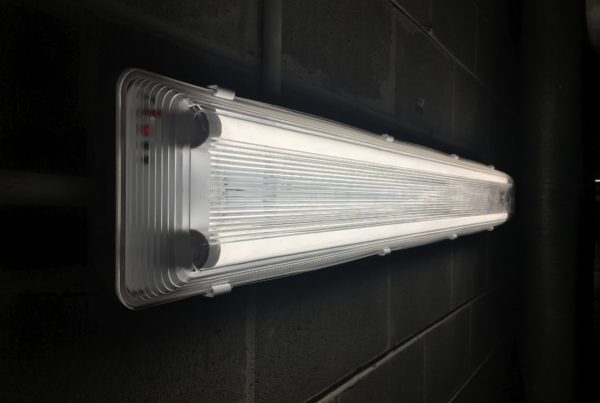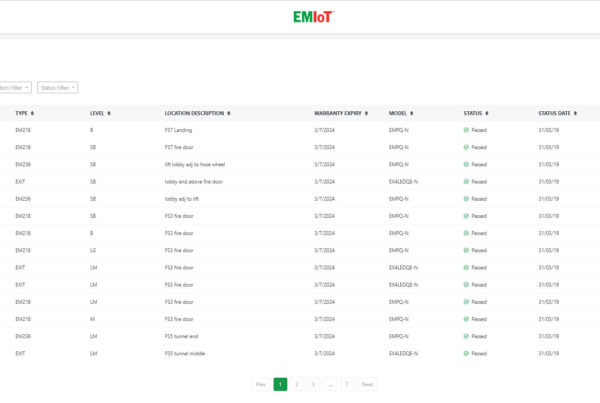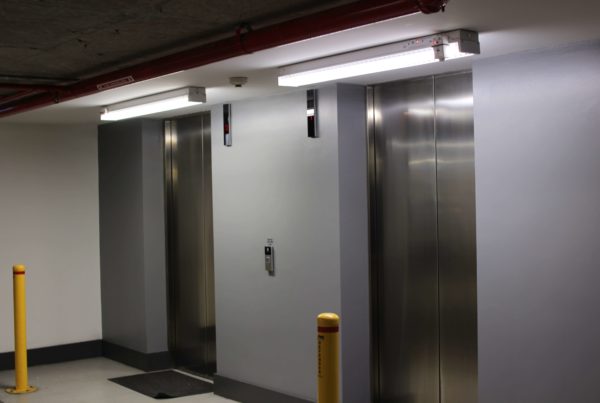Emergency lighting is a lighting fixture with a battery pack that turns on automatically when a building experiences a power failure.
Given that the Australian Building Code requirements vary from building to building, it is difficult to briefly define when emergency lighting is required. E4.2 of the Building Code of Australia details the emergency lighting requirements for various class buildings.
Before analysing when emergency lighting is required, it is important to first define the various classifications assigned to different buildings. Knowledge of the different building classifications will assist in recognising the types of building that require emergency lighting.
Emergency Lighting is required to be installed in Class 2, 3, 4, 5, 6, 7, 8 and 9 Buildings. The definition of each of these building classifications is explained in detail below.
Step 1. Identify Building Classification
Identify the classification of your building by selecting the classifications below and reading each classification description.
Reference: Building-Classifications (PDF). Australian Building Codes Board. Retrieved 26 June 2019
- Class 2 Building
- Class 3 Building
- Class 4 Part of a Building
- Class 5 Building
- Class 6 Building
- Class 7 Building
- Class 8 Building
- Class 9 Building

Class 2 buildings are apartment buildings. They are typically multi-unit residential buildings where people live above and below each other. The NCC describes the space which would be considered the apartment as a sole-occupancy unit (SOU). Class 2 buildings may also be single storey attached dwellings where there is a common space below. For example, two dwellings above a common basement or carpark.

Class 3 buildings are residential buildings other than a Class 1 or Class 2 building. They are a commonplace of long term or transient living for a number of unrelated people.
Examples include a boarding house, guest house, hostel or backpackers (that are larger than the limits for a Class 1b building). Class 3 buildings could
also include dormitory style accommodation or workers’ quarters for shearers or fruit pickers. Class 3 buildings may also be “care-type” facilities such as accommodation buildings for children, the elderly, or people with a disability, and which are not considered to be Class 9 buildings.

A Class 4 Buildings are a dwelling or residence within a building of a non-residential nature. An example of a Class 4 Building would be a caretaker’s residence in a storage facility. A Class 4 can only be located in a Class 5 to 9 building.

Class 5 buildings are office buildings that are used for professional or commercial purposes, excluding Class 6, 7, 8 or 9 buildings. Examples of Class 5 buildings are offices for lawyers, accountants, general medical practitioners, government agencies and architects.

Class 6 buildings are typically shops, restaurants and cafés. They are a place for the sale of retail goods or the supply of services direct to the public. Examples include a bar, shop, kiosk, part of a hotel, a hairdresser, showroom or shopping centre etc
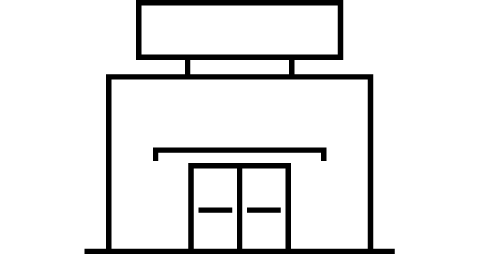
Class 7 buildings include two sub-classifications: Class 7a and Class 7b.
- Class 7a – typically car parks.
- Class 7b – typically warehouses, storage buildings or buildings for the display of goods (or produce) that is for wholesale.
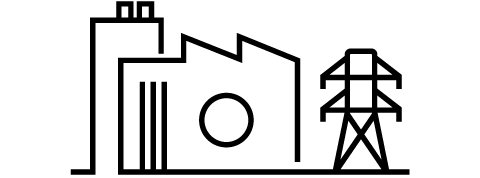
A laboratory or a building in which a handicraft or process for the production, assembling, altering, repairing, packing, finishing or cleaning of goods or produce is carried on for trade, sale or gain.

A building of a public nature. They include three sub-classifications:
- 9a – A health care building, including those parts of the building set aside as a laboratory.
- 9b – An assembly building, including a trade workshop, laboratory or the like, in a primary or secondary school, but excluding any other parts of the building that are of another class.
- 9c – An aged care building.
Step 2. Emergency Lighting Requirements
Select each option below that applies to your building classification to identify your emergency lighting requirements.
Reference: Building Code of Australia 2019. Australian Building Codes Board. Retrieved 26 June 2019
- Class 2-4 Buildings
- Class 5-9 Buildings
- Sole Occupancy Class 5, 6 or 9 Buildings
- Class 6 or 9b Buildings
- Class 9a Buildings
- Class 9c Buildings
Within Class Buildings 5-9, the following criteria is required to be met: An emergency lighting system must be installed:
a) in every passageway, corridor, hallway, or the like, that is part of the path of travel to an exit.
b) in any room having a floor area more than 100 metres squared that does not open to a corridor or space that has emergency lighting or to a road or open space.
c) in any room having a floor area more than 300 metres squared
In a sole-occupancy unit in a Class 5, 6 or 9 Building, emergency lighting is required if the following criteria are met:
a) the floor area of the unit is more than 300 metres squared.
b) an exit from the unit does not open to a road or open space or to an external stairway, passageway, balcony or ramp, leading directly to a road or open space.
In a Class 6 or 9b buiding, emergency lighting is required in every room or space where there is public access in every storey. Certain criteria that are to be met include if:
a) The floor area in that storey is more than 300 metres squared.
b) Any point on the floor of that storey is more than 20 m from the nearest doorway leading directly to a stairway, ramp, passageway, road or open space.
c) Egress from that storey involves a vertical rise within the building of more than 1.5 m, or any vertical rise if the storey concerned does not admit sufficient light.
d) The storey provides a path of travel from any other storey required by (a), (b), (c) to have emergency lighting.
With regards to a Class 9a (Healthcare) Building, emergency lighting is required -
a) In every passageway, corridor, hallway, or the like, serving a treatment or ward area
b) In every room having a floor area of more than 120 metres squared in a patient care area
Emergency lighting is required in a Class 9c Building, excluding within sole occupancy units. It is mandatory to have an emergency lighting system installed in every required fire control centre within a Class 9c Building.
Conclusion
Emergency lighting is crucial for building fire safety. For this reason, all buildings are required to be certified by a certified authority under section 109D of the Environmental Planning and Assessment Act 1979 (EP&A Act).
For more information on fire safety, please visit: https://www.fire.nsw.gov.au or search for a certifier here: http://search.bpb.nsw.gov.au/bpb/BPB_Search.jsp to seek professional advice.
To view, the full range of WBS emergency lighting products click here.



